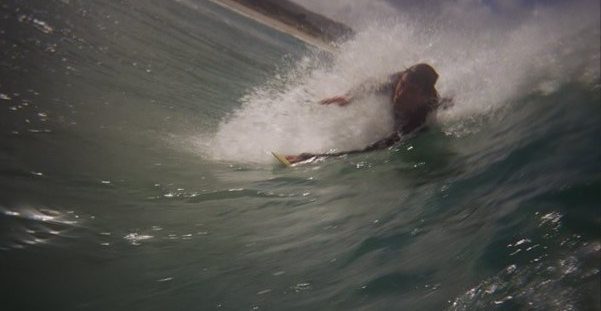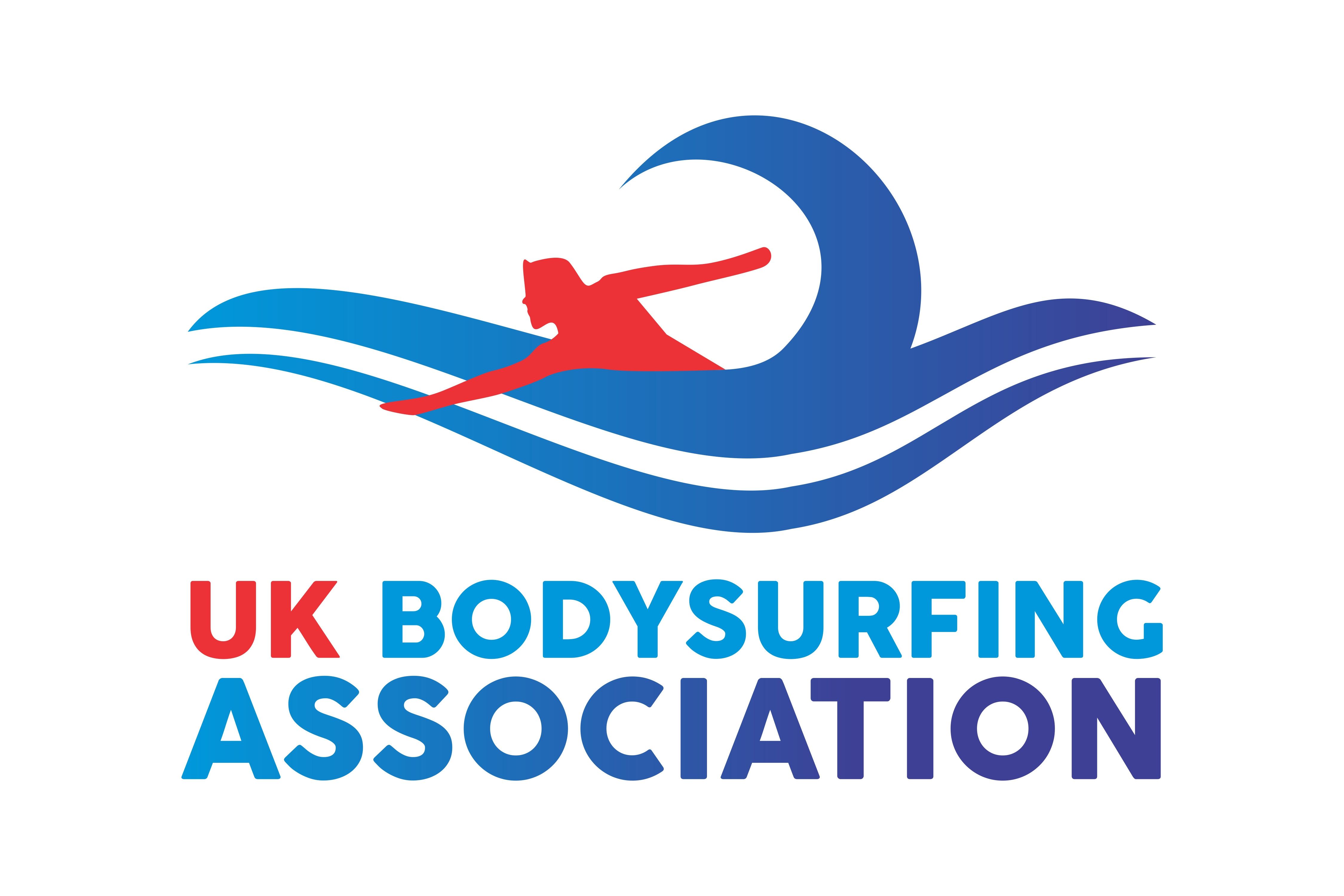R.N.L.I. Guidelines
The UK Bodysurfing Association has a paramount interest in ensuring all bodysurfers bodysurf safely on our beaches, especially on those which are life guarded. Therefore it has proposed new bodysurfing safety guidelines to the R.N.L.I. for consideration for publication on their website.
These are the proposals put forward:-
Bodysurfing
Bodysurfing is becoming increasingly popular here in the UK, especially since the advent of handboards/handplanes with video camera attachments. The R.N.L.I. wants to make sure that everyone is doing their bit to enjoy it in a safe and fun environment.
So what’s the problem?
Surfers and bodysurfers enjoy the same wave hotspots, which can be a mass of bodies and boards when the sun is out and the surf is rolling. Impacts between surfboards, bodysurfers and others can cause serious injuries and so staying aware of others in the water is essential.
What can I do?
- Bodysurf between the red and yellow chequered flags when learning and when bodysurfing without fins.
- Only bodysurf between the black and white chequered flags when you are proficient and wearing swim fins – take avoiding action from approaching surfers by diving under the approaching breaking wave.
- Speak to an R.N.L.I. lifeguard to get advice on the location of rip currents.
- Tell someone when and where you are going out and importantly, when you are back.
- Attach a whistle to attract attention if necessary.
- Wear an appropriate wetsuit (including slippers, gloves and a hood in the depths of winter). As well as keeping you warm, they give some added protection from scrapes on rocks or impacts from other water users.
Links



Recent Comments